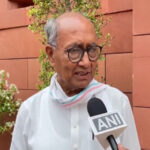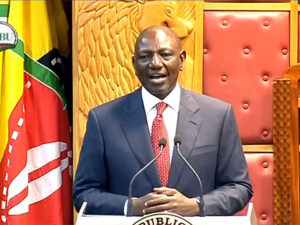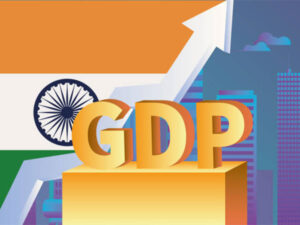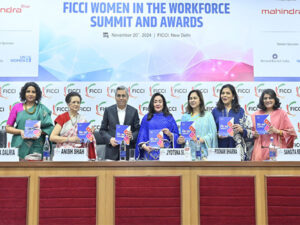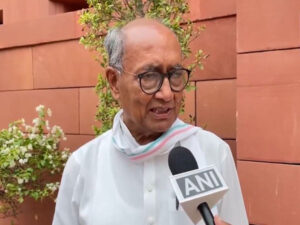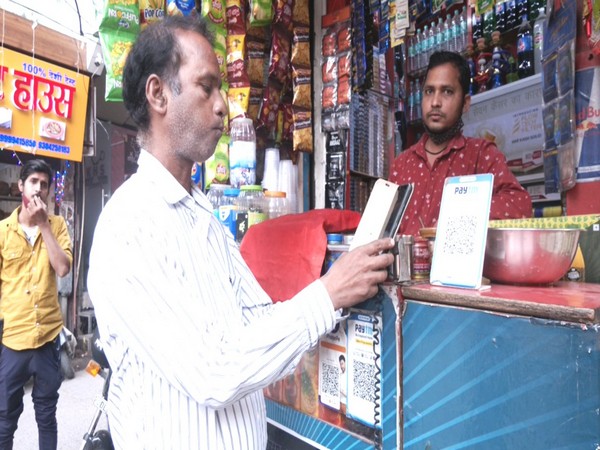
New Delhi [India], July 15 (ANI): July 2015 ushered in a fresh revolution in the Indian growth story when the government of India unveiled what later turned out to be the country’s most fruitful campaign, `Digital India‘. With three primary objectives that comprised the creation of a robust digital infrastructure, streamlining of governance and the citizens’ digital empowerment, the programme initially focused at enhancing the speed of communication between the service providers and the consumers.
And with quantum leaps in the last seven years, India’s digital achievements have played a pivotal role in strengthening ‘Brand India’. With a 33 per cent year-on-year growth, the Indian market clocked over 74 billion digital payments during the financial year 2021-22, as per the Ministry of Electronics and IT data. India has become a global leader in terms of digital payments. Since 2019, it has registered phenomenal growth.
According to a March 2021 report by ACI Worldwide, India with over 25 billion online payments topped the charts with its closest competitor China way behind with 15.7 billion payments. The Digital India campaign has been a major hit in India’s governance model too.
While the government has shifted nearly all its schemes and operations online, it also added nearly 63 million Micro, Small and Medium Enterprises (MSMEs) into the formal economy through GST, which compelled them to embrace technology for tax filing and other purposes. This has proven to be a highly effective approach towards rooting out any systemic flaws and corruption.
Today, India is home to over 100 unicorns with a total valuation of over $335 billion. And, since India has grown a tech-heavy ecosystem, maximum unicorns are targeting India’s mobile-first economy. The key drivers in this rapid rise include – Growing Internet Penetration, Demographic Dividend, Increasing Smartphone Penetration and India’s Robust IT sector.
From premier tech companies to small banks, every single entity in the country is encouraging its consumers to switch to a more convenient digital method. Chandrasekhar Singhal, Assistant General Manager at the State Bank of India said, “The digital technology is being used aggressively for payments. Whether it is the customer or bank, everybody is focused on digital (technology). The cash transactions have reduced, which has made us cash-free. Fraudulent activities have reduced and it is very convenient for the people”.
When the COVID-19 pandemic took a massive toll on people across the world, the Digital India campaign, which had established itself by the time of the outbreak, proved to be a vital cog in fighting it. The government not just launched applications to keep pandemics at bay but also provided real-time information in order to avoid chaos and panic. India’s sophisticated Co-win platform which prepares a database of the vaccinated people has been applauded by people around the world and over a dozen countries have reached out to the government to use it.
India’s digital story has set an example for the world. This revolution will cause a paradigm shift for the country and its economy, and it is expected to touch the mark of $1 trillion by 2025. (ANI)



